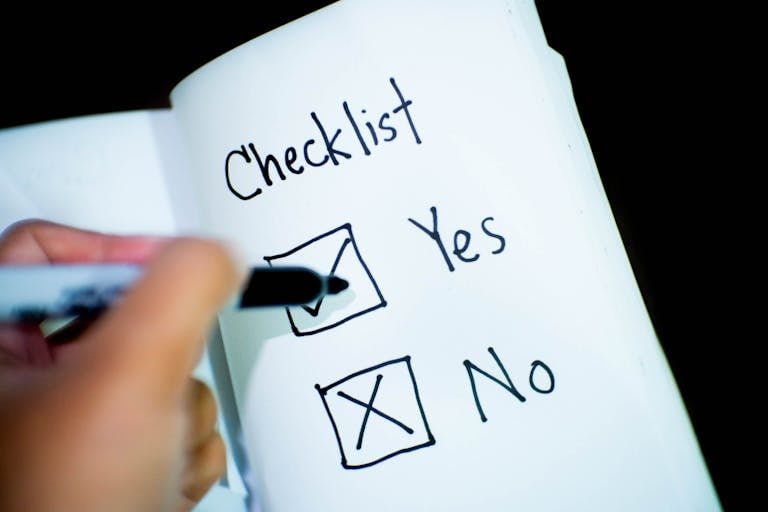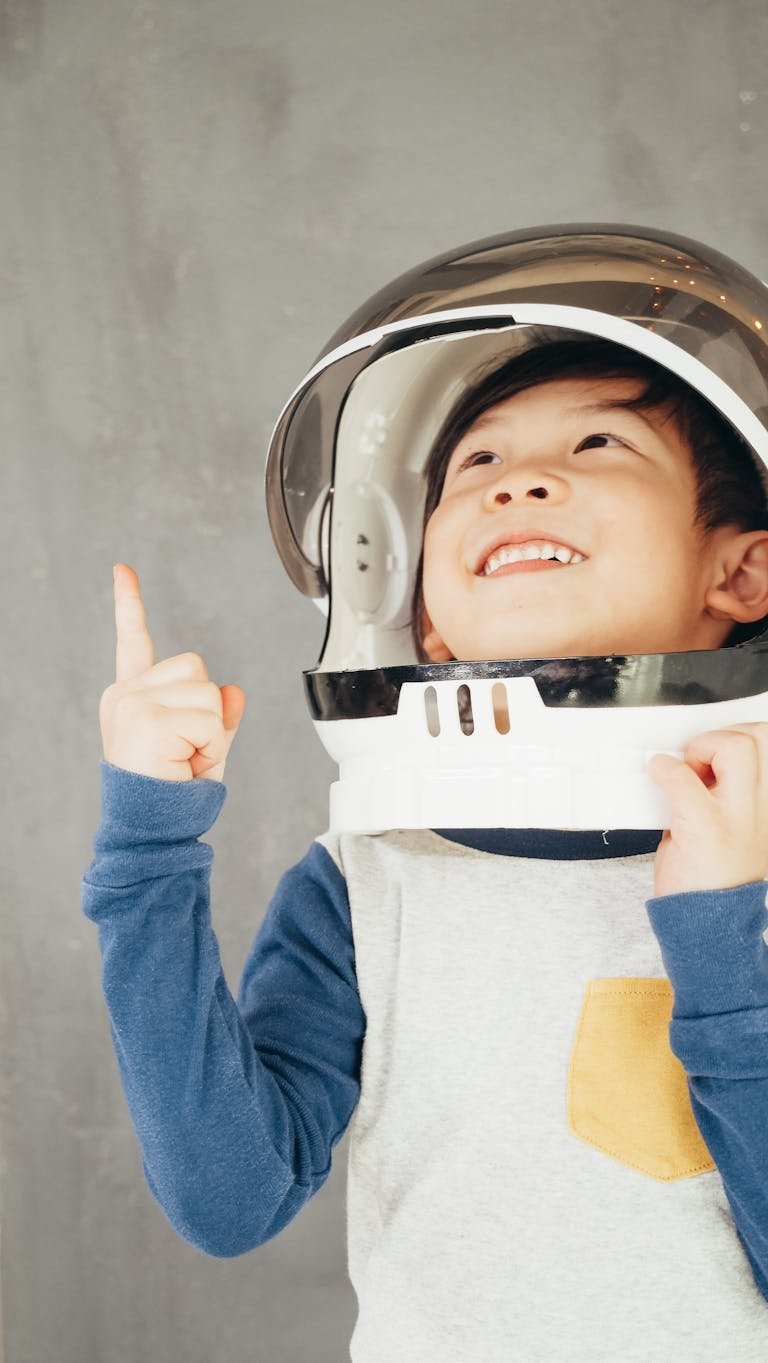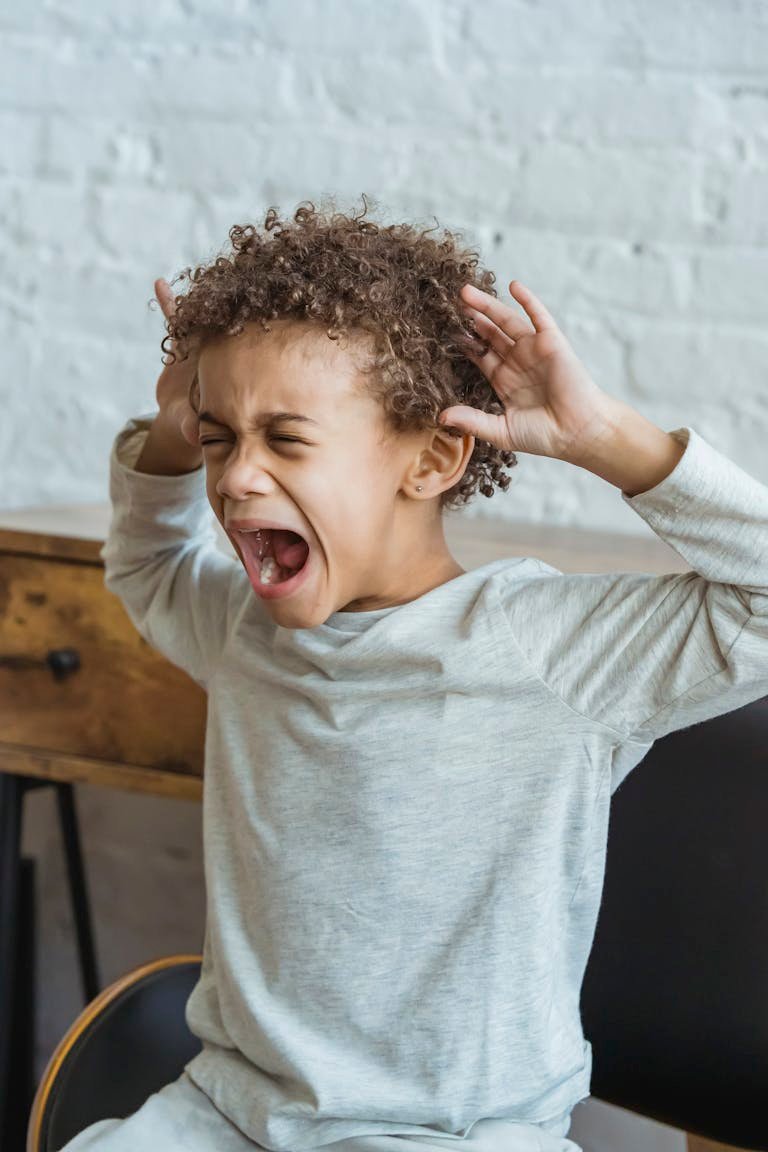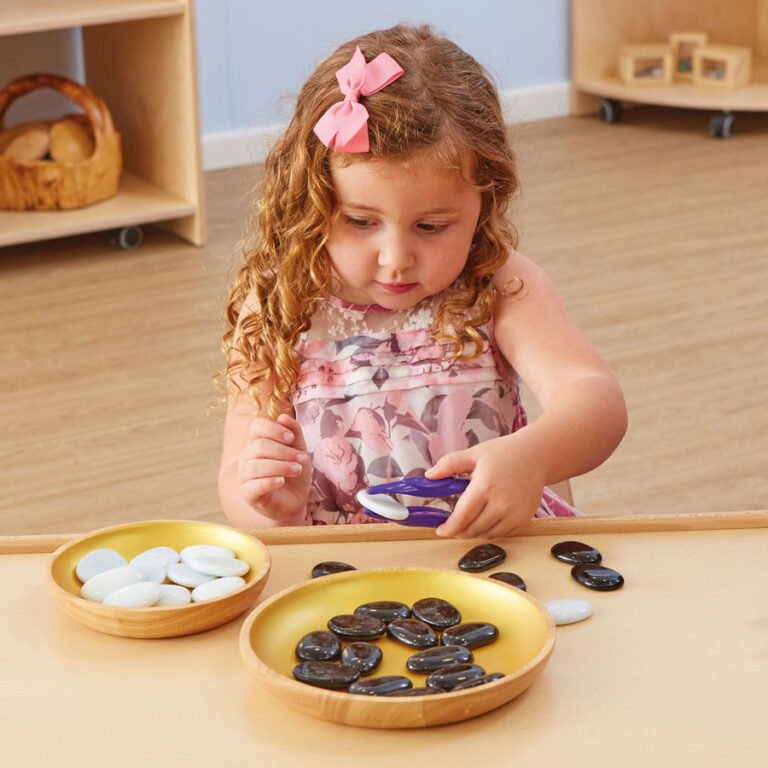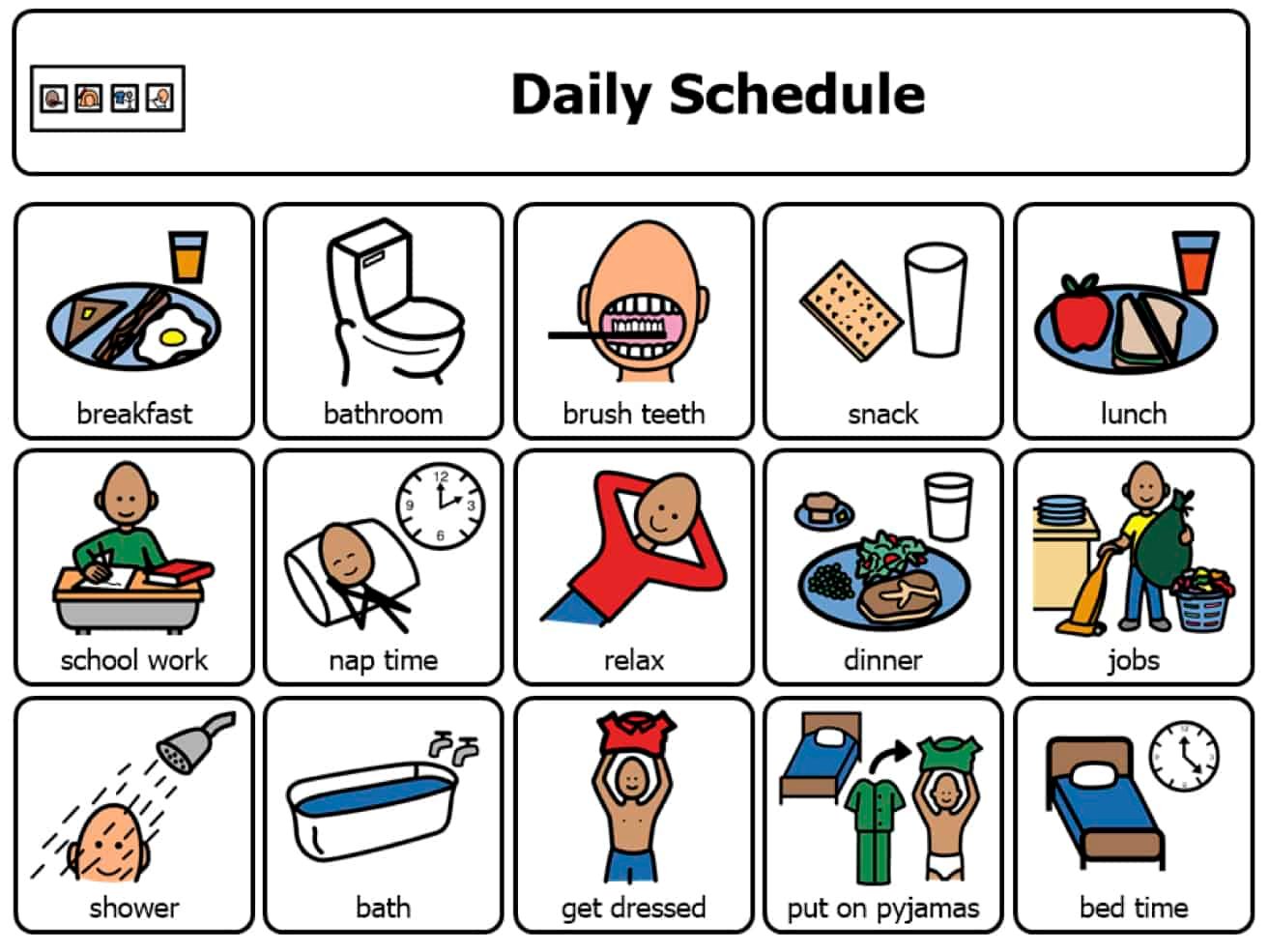
Okay, let’s dive into how we can supercharge your family’s communication and bring a sense of calm predictability to your days. We’re talking about two powerhouse tools: establishing a solid routine and leveraging the magic of visual boards. As an RBT, I’ve seen countless times how these strategies, especially when combined, can transform daily life for families, particularly those supporting neurodiverse individuals. Forget complicated theories for a second; this is about practical, real-world solutions that make understanding and being understood so much easier for everyone.
Streamlining Your Day: How Visual Boards and Routines Create Calm
Imagine this: you’re trying to explain what’s happening next, or your child is struggling to tell you what they need. Frustration can build quickly on both sides, right? This is where the dynamic duo of a predictable routine and clear visual boards steps in. A routine provides structure and predictability, which can be incredibly comforting and reduce anxiety. Visual boards then act as the roadmap for that routine, making abstract concepts like “time to clean up” or “snack time choices” concrete and easy to grasp.
So, what are these visual boards exactly? They’re not as complex as they might sound! Think of them as simple, visual aids – using pictures, symbols, photos, or even written words (depending on your child’s level) – to represent activities, items, choices, or even emotions. When you pair these visual boards with a consistent daily routine, you’re giving your child a clear, visual language to navigate their world and express their needs.
Weaving Visual Boards into Your Family’s Routine: Practical Magic
Integrating visual boards into your existing routine doesn’t require a massive overhaul. It’s about enhancing what you already do, making each step clearer and more accessible. Let’s look at how this plays out in real life:
Example 1: The “Morning Routine” Visual Board
Mornings can be hectic. A visual board outlining the morning routine can be a game-changer.
- What it looks like: A strip or board with pictures for “wake up,” “use potty,” “get dressed,” “eat breakfast,” “brush teeth,” and “get backpack.”
- How to use it with your routine: As your child moves through their morning routine, they can point to or move the picture of the completed activity. “Okay, you ate breakfast! What’s next on our routine board? Ah, brush teeth!” This turns the routine into an interactive process.
- Why it works: It breaks down a multi-step routine into manageable, visual chunks. Children can see what they’ve accomplished and what’s coming next, increasing independence and reducing prompting needed from you. The visual board becomes a silent guide for the established routine.
Example 2: The “Choice Time” Visual Board (Within a Play Routine)
Even playtime, a key part of any child’s routine, can benefit from visual boards, especially when it comes to making choices or transitioning.
- What it looks like: A board with pictures of 3-4 available toy options or activities: “blocks,” “puzzles,” “drawing,” “cars.”
- How to use it with your routine: During the designated play part of their routine, you can present the choice board. “It’s play time! What do you want to play with first?” Point to the pictures as you say the options. When they choose (by pointing, looking, or vocalizing), acknowledge it: “Great choice, let’s get the blocks!”
- Why it works: It offers a structured way to make choices within a routine, preventing overwhelm and empowering your child. It also makes the options clear and tangible. For children who might struggle to verbally request, the visual board gives them a voice within their play routine.
Example 3: The “First-Then” Board for Navigating Routine Transitions
Transitions within a routine (e.g., from a preferred activity to a less preferred one, like “playtime” to “dinner time”) are often tricky. The “First-Then” visual board is a classic for a reason.
- What it looks like: A simple board divided into two sections: “First” and “Then.”
- How to use it with your routine: Place a picture of the current or non-preferred activity under “First” (e.g., “clean up toys”) and a picture of the upcoming or preferred activity under “Then” (e.g., “watch cartoons” or “snack”). Say, “First, clean up toys, then we can watch cartoons.” Refer back to the visual board as you move through this mini-routine.
- Why it works: This makes the sequence within the routine explicit. The visual board shows that completing the “First” task directly leads to the “Then” (often more desired) activity. It helps build understanding of sequences and makes transitions within the broader daily routine smoother and more predictable.
Example 4: The “Evening Routine” Visual Board with Feelings Check-in
Just like mornings, a predictable evening routine paired with a visual board can promote calm and prepare your child for sleep. You can even integrate emotional expression.
- What it looks like: Pictures for “dinner,” “bath time,” “pajamas,” “story time,” “bedtime.” You could add a small “How am I feeling?” section with a few emotion faces (happy, tired, calm).
- How to use it with your routine: Guide your child through the evening routine using the visual board. Before story time, you might point to the feeling faces: “It’s almost bedtime. How are you feeling after your bath and putting on PJs?”
- Why it works: The visual board supports the winding-down routine, making it predictable. Adding a feelings component allows your child to visually express their emotions, which is a crucial communication skill and can be a calm way to end the day’s routine.
Quick Tips for Making Visual Boards & Routines Work for You:
- Start Simple: Don’t try to visualize every single second of the day initially. Pick one part of a routine that’s a bit bumpy and create a simple visual board for that.
- Clear & Relevant Pictures: Use photos of the actual items/activities or clear, unambiguous symbols. Make sure they are meaningful to your child.
- Location, Location, Location: Keep the visual boards where the routine happens. Morning routine board in the bedroom or kitchen, play choice board in the play area.
- Be a Model: Point to the pictures on the visual board as you talk about the routine. “Time for our snack routine! First, wash hands (point to picture), then choose a snack (point to picture).” Your use demonstrates its power.
- Immediate & Consistent Reinforcement: When your child uses the visual board (e.g., points to a choice) or follows the routine step, acknowledge it! “You pointed to ‘apple’! Here’s your apple!” This shows the visual board and following the routine gets them what they need or want.
- Patience is Key: Like any new skill, learning to use visual boards and settling into a routine takes time and consistency. Stick with it!
Your Small Home Experiment This Week!
Ready to try it?
- Choose One Routine: Pick a specific daily routine that you’d like to make smoother (e.g., getting ready for bed, after-school snack, clean-up time).
- Create a Simple Visual Board: Make a visual board with 2-4 pictures representing the key steps in that routine.
- Implement & Observe: For the next 5 days, consistently use this visual board during that routine. Point to the pictures, talk about the steps, and encourage your child to interact with it.
- Notice the Difference: Does the routine flow a bit better? Is there less confusion or frustration? Does your child seem to understand the expectations more clearly?
I’m genuinely excited for you to see how combining a predictable routine with clear visual boards can open up new avenues for communication and reduce stress in your home. You’re already an amazing parent or therapist, and these tools are just here to add to your incredible skill set.
Let me know in the comments how your experiment goes, or if you have other ways you use visual boards and routines! We can all learn from each other.
Important Link:
Aragonese Center of Augmentative and Alternative Communication




